From time to time, Archway Publishing turns over its blog to its authors, giving them the opportunity to share stories and perspectives about their individual self-publishing journeys. The following are the words of Marcee Corn; who along with her sister, Susan McCulloch, co-authored “Unclaimed Baggage,” shares the lessons she learned from their book marketing tour through the southeastern United States. Download the Archway Publishing free publishing guide for more information on our supported self-publishing services.
You’ve written a book. It was hard work, but you are done – you should be proud. You have also self-published your book – better still. So, what’s next? The really, really hard work is next. You want to sell that book that you worked so hard on, don’t you? Of course you do. Your hardest step of all is about to start….BOOK MARKETING.
It took us six years to write our book, “Unclaimed Baggage.” We know, that is a long time. We wrote about our Mother’s journey through
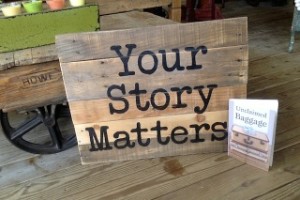
As part of her book marketing strategy, Marcee Corn utilizes vintage props to add color to her speaking engagements.
Alzheimer’s Disease, mainly for our children. We were elated when it was finally done. We self published our book through Archway Publishing and ordered the smallest amount of books that we could to give to our children and family for Christmas presents.
Archway shared their advice with us on promoting our work. We weren’t even sure that we were interested in active book marketing since our goal was to write our story, our mother’s story, for our children. With their encouragement, we decided to go forward. Little did we know what we were about to embark on. Archway was very supportive and generous with their advice as we listened closely. In the end, we decided to do our own promotions and book marketing and ordered more books and business cards.
Archway’s first book marketing suggestion was the easiest part, our book website. Then, we added a book page and an author page on Facebook. Finally, we added a Twitter account. We also began blogging. All of these book marketing strategies take a lot of time. We have found social media to be very important for promotion as well as a great place to interact with other authors and readers.
But book marketing doesn’t end there.
A few months after our book was released we set out on our first book marketing promotional tour. We loaded up the trunk of our car with boxes of books and hit the road. We covered much of the southeastern US, zigzagging across each state from North Carolina to Texas and back to Florida. It was exhausting.
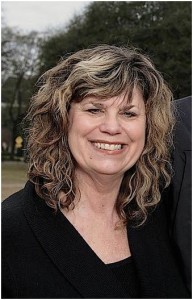
“We feel strongly that these unique stories should be written down, if not for anyone else, for their children and grandchildren.” – Marcee Corn
We made calls beforehand and set up several meetings and book signings in advance, but, we also visited many places, on a whim, trying not to wear our feelings on our sleeves as we stepped out of our comfort zone. We visited many small bookstores, hospital gift shops, church bookstores, Alzheimer’s organizations and gift shops telling our story and giving away many books in hopes of getting orders. Over the course of two weeks, we consigned some books and sold some. We left our business cards every place we went and hoped for the best!
We funded the entire trip ourselves, which can get expensive, but found, as most authors find, in the end we were very good at promoting our own work.
When we returned home two weeks later, we had book orders waiting for us and were delighted with the positive interest in our book. We received calls for several speaking engagements and book signings for the weeks to come. We were delighted and ordered more books. We are lucky because our book has a platform, Alzheimer’s disease. Many families are being affected by this terrible disease across the country.
This summer we came up with a theme for our summer speaking events. We call them, “Your Story Matters.” We had a sign made and took photos of our stage set up to help in promotions, and use vintage steamer trunks and suitcases (baggage) for our display. This summer we are promoting our book – our story; but we are also reminding our audience that each of them has a unique story to tell as well.
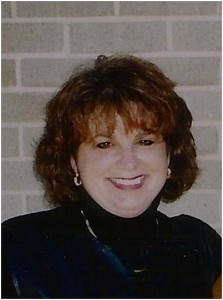
Susan McCulloch, co-author of “Unclaimed Baggage.”
We feel strongly that these unique stories should be written down, if not for anyone else, for their children andgrandchildren. We have four events scheduled for the next few months. We are thrilled.
Telling our story is our favorite thing we do. Meeting the readers at our events is delightful and they always have lots of questions for us. I can’t believe I am saying this, but promoting our book is quickly coming in as a strong second priority.
We still have lots to learn about promotions and marketing, and we have lots of ideas of things we still want to try in the future. But most importantly, we are having fun! AND we are selling books. What more could any author want; except perhaps, to write a second book?
For more information visit www.UnclaimedBaggageTheBook.com and Like Unclaimed Baggage on Facebook. Follow Marcee Corn on Twitter @MarceeCorn.
Archway Publishing is always looking for content for its blog. If you’re an Archway Publishing author and would like to share an idea for a guest blog post, please tweet the Archway Publishing Twitter account @ArchwayPub and Like the Archway Publishing Facebook page.





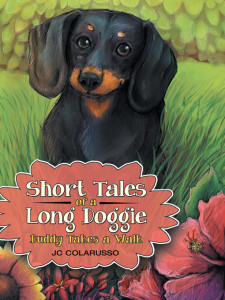
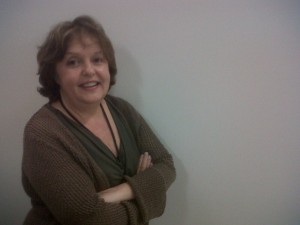
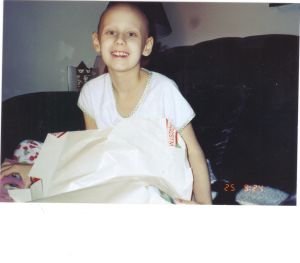
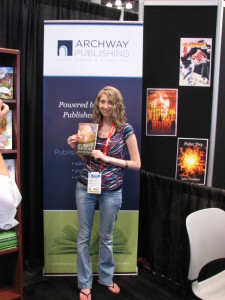



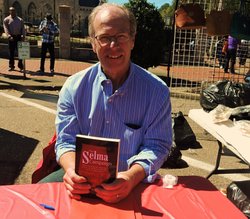

 ttention to the plot of your novel, or focus of your non-fiction work. You’ve edited, re-edited or enlisted the help of a professional editor to ensure that the text flow. But before you hit submit, it’s important that you review some of the less prominent, but equally important parts of your work.
ttention to the plot of your novel, or focus of your non-fiction work. You’ve edited, re-edited or enlisted the help of a professional editor to ensure that the text flow. But before you hit submit, it’s important that you review some of the less prominent, but equally important parts of your work.
